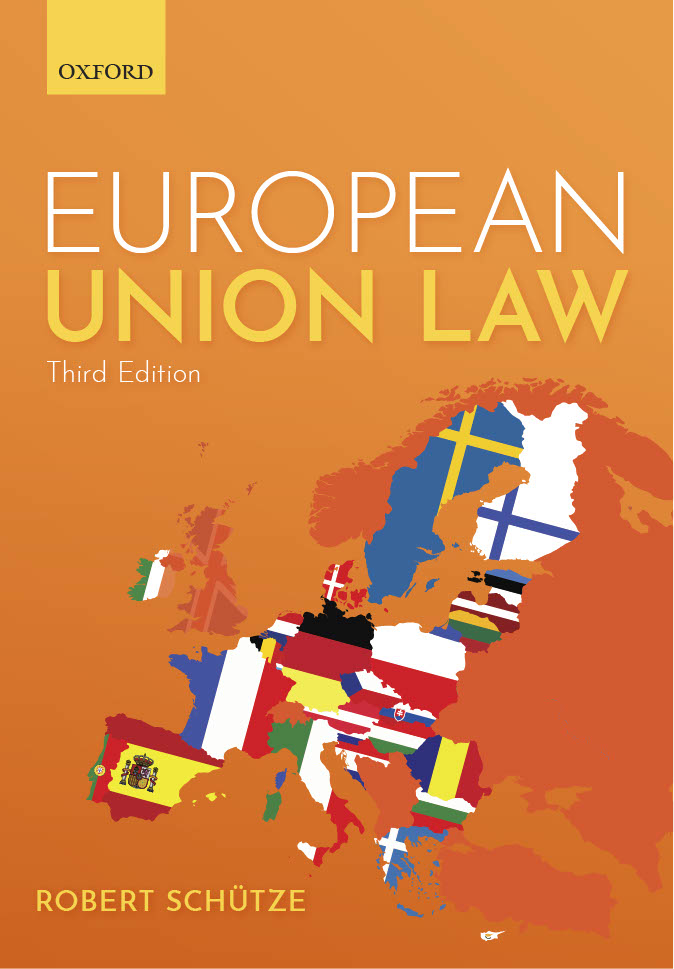While it might have been possible for States to isolate themselves from international affairs in the nineteenth century, the economic and social globalization in the twenty-first century has made this choice impossible. Not only have (almost) all markets become ‘internationalized’, the ability of States unilaterally to guarantee internal safety or external security has dramatically declined. The contemporary world is an international world–a world of collective trade agreements and collective security systems. The European Union–as a union of States–embodies this collective spirit on a regional (international) scale. However, even the Union cannot isolate itself from global affairs and international politics. On the contrary, it was meant to become a significant actor in its own right on the international scene.
What kind of international actor is the European Union? The Union is often characterized as a ‘civilian’ power. For the European Treaties originally entitled the Union solely to pursue external trade policies. Its ‘Common Commercial Policy’ empowered it to engage in international trade negotiations; while its competence to conclude ‘association agreements’ entitled it to bring third countries closer to its internal market. On the basis of these two competences, a third policy gradually emerged: the Union’s developmental policy. And, with time, the Union has become one of the most important international donors of ‘Third World’ aid.#
For a long time, the Union, however, solely exercised these ‘economic’ powers. Its classification as a purely ‘civilian’–as opposed to ‘military’–power must, however, today be qualified.# For since the incorporation of the ‘Common Foreign and Security Policy’ (CFSP) into the EU Treaties, the Union has been actively engaged in the fight against international terrorism and may even deploy its own military capabilities abroad.
Table 19.1 offers an overview of the Union’s external policy competences today. But unable to explore all of the Union’s external relations with the outside world, this final chapter provides an overview of the four most important external policies. Section 1 starts with the Common Commercial Policy (CCP), which still constitutes the ‘centrepiece’ of EU external relations.# It is set out in Title II of the External Action Part of the TFEU. Section 2 looks at the–complex–legal foundations of the Union’s development policy. The latter draws on various parts within the EU Treaties, of which Chapter 1 within Title III of the External Action Part represents only an element of the overall picture. Section 3 moves to the Common Foreign and Security Policy. The latter touches upon the military heart of the Member States’ external sovereignty.; and it has therefore been subject to the very rigid political safeguards of federalism. Last but not least, Section 4 explores the ‘policies’ of association and enlargement. While not styled as external policies as such, the Union has nonetheless turned both into formidable strategic tools to ‘export’ its values.
